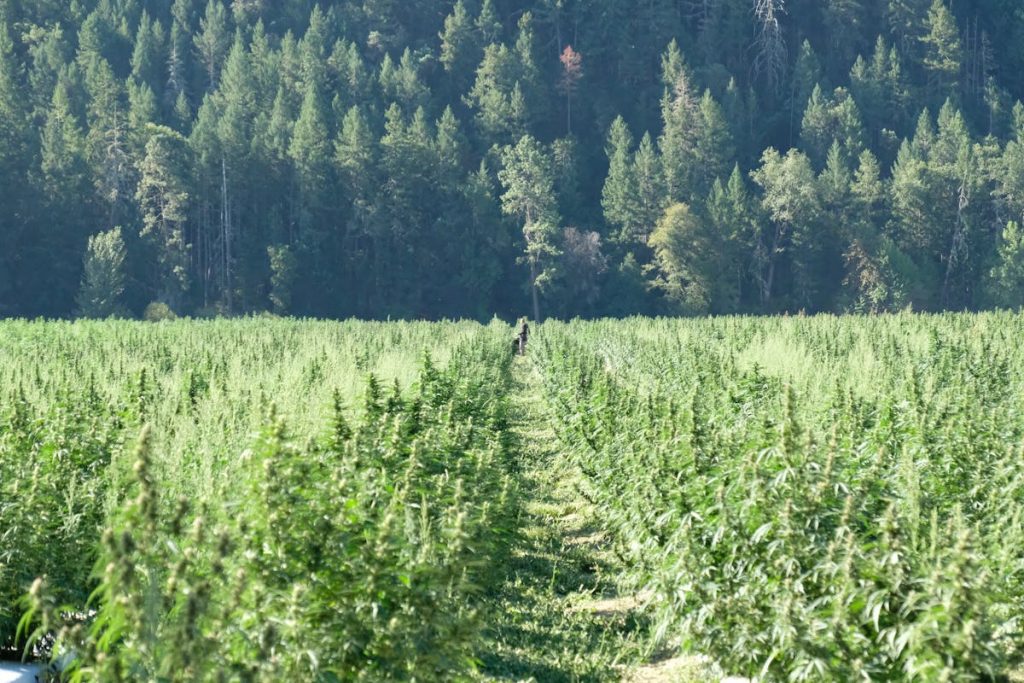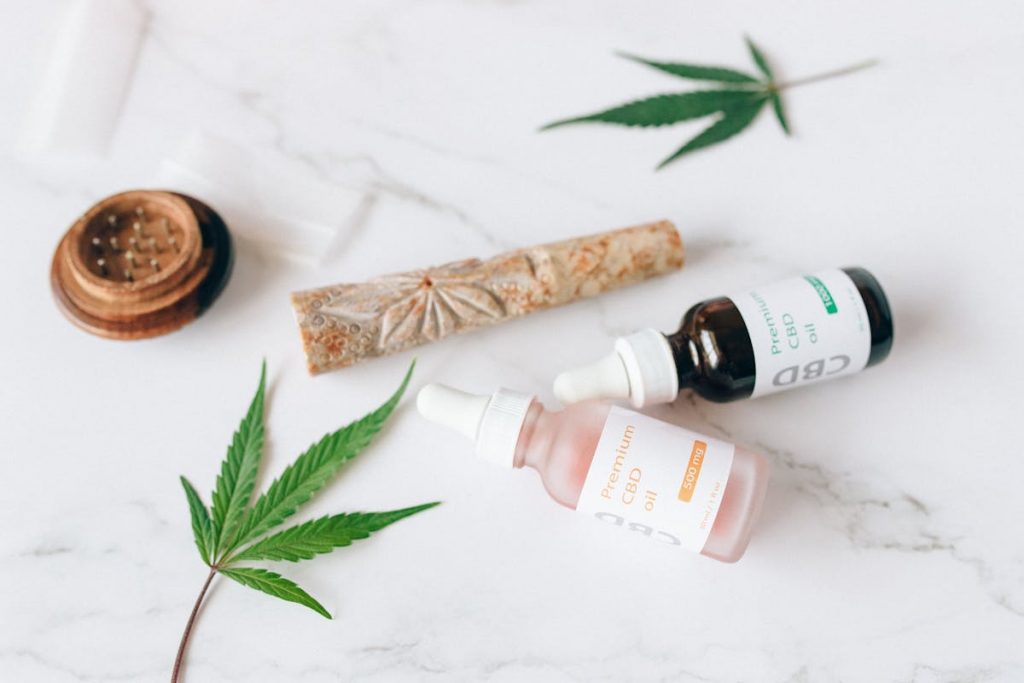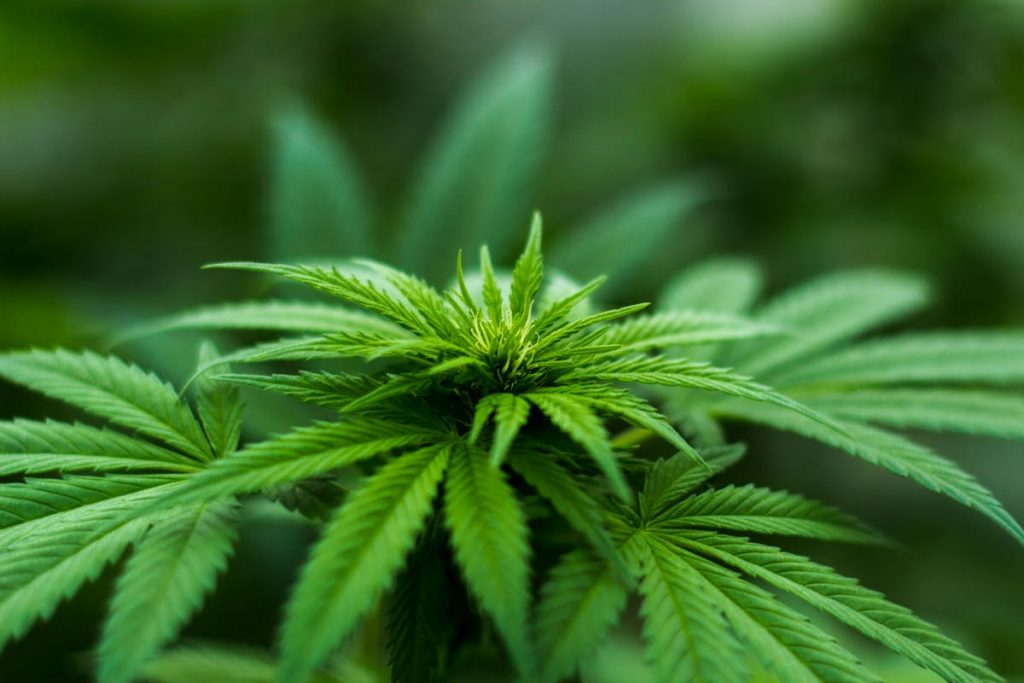- Consistent quality in cannabis production requires continuous improvement.
- Working with legal experts and regularly reviewing and updating production processes is vital to ensure compliance with complex regulations.
- Utilizing advanced technology and adequately maintaining equipment can also contribute to consistent quality.
- Keeping meticulous records and maintaining traceability are crucial in building consumer trust and addressing any issues that may arise.
The cannabis industry is experiencing unprecedented growth, with more regions around the world recognizing its potential for medical, recreational, and industrial uses. However, with this rapid expansion comes the necessity of maintaining high standards in cannabis production. Ensuring quality, safety, and compliance in every step of the process is crucial not only for consumer trust but also for the longevity and credibility of the industry. This article will delve into best practices that cannabis cultivators, extract producers, and infused product manufacturers can implement to uphold these standards.
What is Cannabis?
Definition and Explanation of Cannabis
Cannabis, also known as marijuana, is a plant that has been utilized for centuries for its psychoactive and therapeutic properties. It contains various compounds, with THC (tetrahydrocannabinol) and CBD (cannabidiol) being the most notable. These compounds interact with the body’s endocannabinoid system, providing a range of effects from pain relief to euphoria.
Overview of Its Uses
- Medical: Used for treating chronic pain, epilepsy, anxiety, and more.
- Recreational: Enjoyed for its psychoactive effects, promoting relaxation and euphoria.
- Industrial: Hemp, a variety of cannabis, is used in textiles, construction materials, and biofuels.
Brief History and Current Legal Status
Cannabis has a complex history, ranging from ancient medicinal use to modern-day legal battles. Today, the legal status of cannabis varies widely, with some countries and states fully legalizing it, others allowing medical use only, and some maintaining strict prohibition.

Best Practices for Cannabis Production
Ensuring Quality
Maintaining high-quality standards in cannabis production is paramount. One of the most effective ways to ensure quality is through regular testing in cannabis test labs. These labs play a critical role in analyzing the product for contaminants, potency, and consistency.
Testing labs play a crucial role in ensuring the safety, consistency, and compliance of products. They screen for harmful substances such as pesticides, heavy metals, and molds to ensure safety. In terms of consistency, they verify that products contain the advertised levels of THC, CBD, and other cannabinoids. Regular testing also helps producers stay compliant with local and federal regulations.
Benefits of Regular Testing
- Consumer Trust: Quality assurance through testing builds consumer confidence.
- Compliance: Helps avoid legal issues by ensuring products meet regulatory standards.
- Product Improvement: Testing results can provide insights for refining cultivation and processing techniques.
Implementing Proper Cultivation Techniques
Achieving high-quality cannabis starts with excellent cultivation practices. Here are some tips to ensure an optimal growing environment:
The foundation of a great product lies in genetics. Choose seeds and strains known for their potency, flavor, and resistance to pests and diseases. Ensure plants receive adequate light, whether natural sunlight or artificial grow lights. Maintain a stable temperature conducive to cannabis growth and keep proper humidity levels to prevent mold and mildew.
Benefits of Organic and Sustainable Farming Practices
- Healthier Plants: Organic methods can lead to more robust and resilient plants.
- Environmental Impact: Sustainable practices reduce the ecological footprint of cannabis cultivation.
- Consumer Appeal: Increasingly, consumers prefer products grown with organic methods.
Post-Harvest Handling and Processing
Once the cannabis is harvested, the handling and processing steps are vital to preserving its quality.
Proper drying, curing, and storage techniques are essential for maintaining the quality of cannabis. Slowly drying the cannabis helps prevent mold and preserve terpenes while curing the dried cannabis enhances its flavor and potency. For optimal freshness, it should be stored in a cool, dark place with proper humidity control. To prevent contamination and preserve potency, it is important to ensure that all processing areas are clean and that the product is handled carefully to avoid damage and degradation of cannabinoids and terpenes.

Best Practices for Packaging and Labeling
- Packaging: Use materials that protect against light, air, and moisture.
- Labeling: Include detailed product information and compliance labels to inform consumers and meet regulatory requirements.
Adhering to Regulatory Standards
Compliance with regulatory standards is non-negotiable in the cannabis industry. Regulations vary by region but generally include guidelines for cultivation, processing, testing, and packaging and labeling. For cultivation, there are rules on pesticide use, water management, and record-keeping. Processing standards focus on cleanliness and safety in facilities.
Testing is mandatory for contaminants and potency, and packaging and labeling must meet requirements for child-resistant packaging and accurate labeling. Staying compliant is crucial, as non-compliance can lead to severe consequences such as fines, product recalls, and loss of licenses.
Tips for Keeping Up-to-Date with Regulations
- Subscribe to Industry News: Stay informed through industry publications and newsletters.
- Join Professional Associations: Engage with groups that provide updates and advocacy on regulatory issues.
- Consult Legal Experts: Work with attorneys specializing in cannabis law to navigate complex regulations.
Tips for Ensuring Consistent Quality
Maintaining consistent quality in cannabis production requires a commitment to continuous improvement.
Regularly Audit and Update Production Processes
- Internal Audits: Conduct internal reviews to identify areas for improvement.
- Third-Party Audits: Engage external experts for unbiased assessments.
Invest in High-Quality Equipment and Technology
- Advanced Equipment: Use cutting-edge technology for cultivation, processing, and testing.
- Maintenance: Regularly maintain and calibrate equipment to ensure optimal performance.
Maintain Meticulous Records of All Production Activities
- Documentation: Keep detailed records of all processes, from seed to sale.
- Traceability: Ensure the ability to trace products back to their origin in case of issues.
The Bottom Line
Maintaining high standards in cannabis production is essential for building consumer trust, ensuring compliance, and achieving long-term success in the industry. By implementing best practices across cultivation, processing, regulatory adherence, and staff training, cannabis producers can consistently deliver high-quality products. Remember, the journey to excellence is ongoing, and staying informed and adaptable is key to thriving in this dynamic industry.




